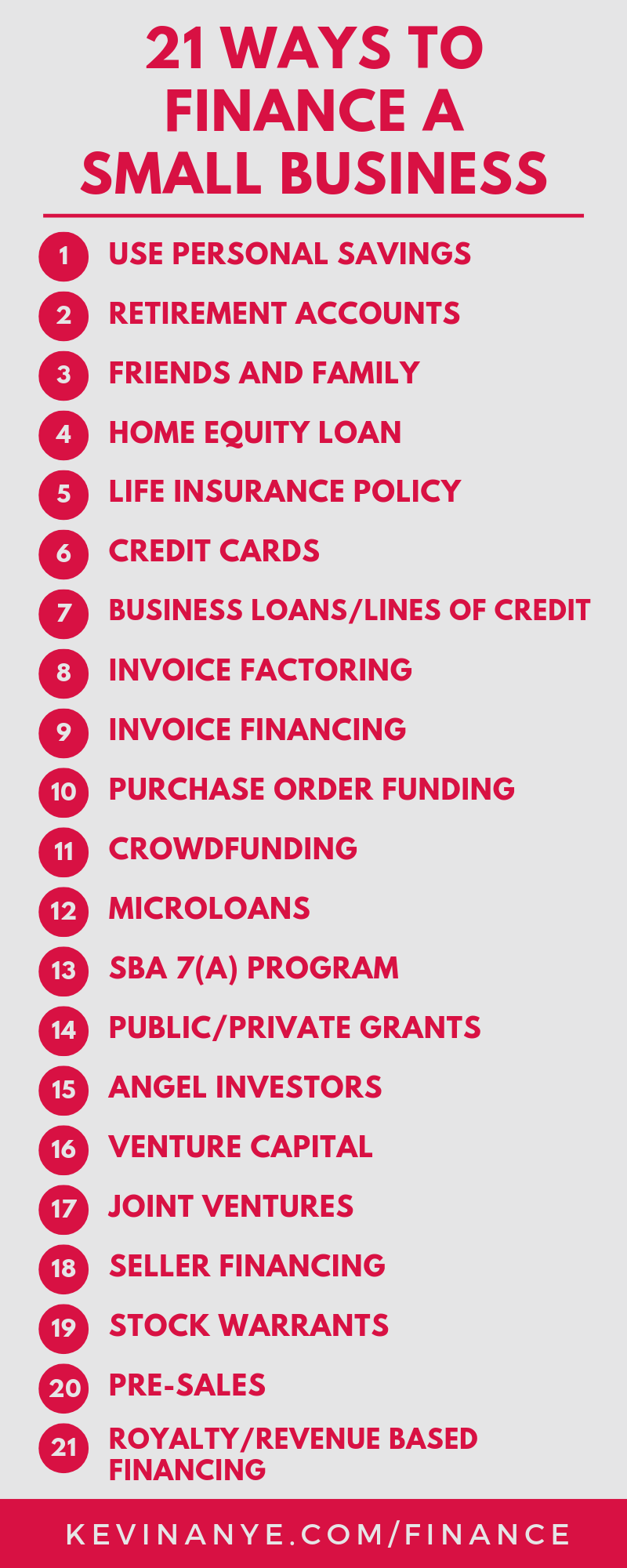Not identified by the market rate of interest, is decided by the main banks. Can not be utilized in determining present worth. Can be utilized in identifying the present value of the future money circulations. Based on the Market and focusing on the Loan provider's point of View Focusing on the Investor's point of View Impacted by Demand and supply in supply in the economy. Not Affected by Demand and supply in supply in the economy. music city grand prix schedule After taking a look at the above details, we can state that Discount rate Rate vs Interest Rate are two different ideas. A discount rate is a broader idea of Financing which is having multi-definitions and multi-usage.

In some cases, you need to pay to borrow cash then it is a direct financial expense. In other cases, when you invest money in an investment, and the invested cash can not be utilized in anything else, then there is an chance cost. Discount Rate Rates vs Rate Of Interest both are associated to the cost of money but in a different method. If you have an interest in Finance and want to work in the Financial Sector in the future, then you should know the difference in between Interest rates and Discount rate. This has actually a been a guide to the leading distinction in between Discount Rate vs Rates Of Interest.

In finance, the discount rate has 2 important meanings. First, a discount rate is a part of the computation of present worth when doing an affordable money circulation analysis, and second, the discount rate is the rates of interest the Federal Reserve charges on loans given to banks through the Fed's discount rate window loan process - What does ltm mean in finance. The first definition of the discount rate is a vital component of the affordable capital estimation, an equation that figures out just how much a series of future money circulations is worth as a single lump amount worth today. For investors, this computation can be a powerful tool for valuing services or other investments with foreseeable profits and capital.
The company is steady, consistent, and predictable. This company, comparable to numerous blue chip stocks, is a prime candidate for a reduced capital analysis. If we can anticipate the business's earnings out into the future, we can utilize the discounted capital to approximate what that business's appraisal ought to be today. What is a finance charge on a credit card. Unfortunately, this procedure is not as easy as just accumulating the capital numbers and pertaining to a worth. That's where the discount rate enters into the picture. Capital tomorrow is unworthy as much as it is today. We can thank inflation for that fact.
Second, there's uncertainty in any projection of the future. We just do not know what will occur, including an unexpected decrease in a purchasing a time share business's profits. Cash today has no such uncertainty; it is what it is. Because money flow in https://zenwriting.net/cechinnijp/they-viewed-the-lending-by-the-product-credit-corporation-and-a the future brings a risk that cash today does not, we need to mark down future capital to compensate us for the threat we take in waiting to receive it. These two aspects-- the time worth of money and uncertainty threat-- integrate to form the theoretical basis for the discount rate. A higher discount rate indicates higher unpredictability, the lower the present worth of our future capital.